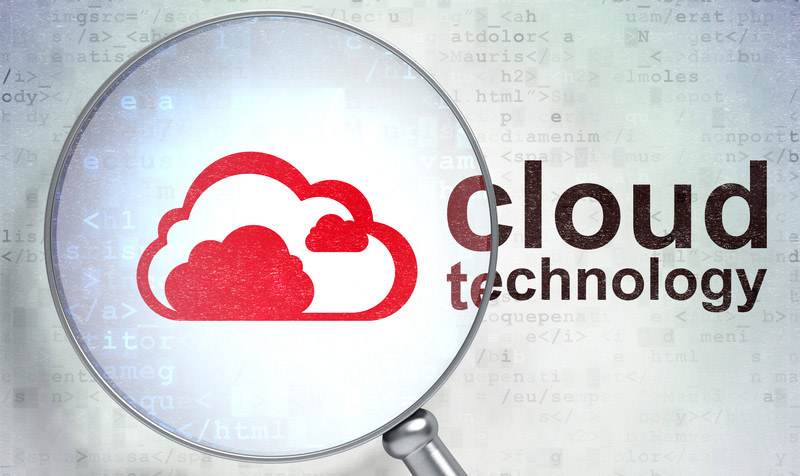This is the digital age and many businesses are transitioning from paper-based data to digital data. This change is spurred by the new wave of technology that allows companies of all shapes and sizes to be more strategic and efficient, and this trend is set to continue with more businesses understanding the benefits of digitization. There are many providers of data conversion services today that assist businesses to change paper-based data into digital format with ease and utmost accuracy. Once all the data is converted into digital form, it can be safely moved to cloud storage for better access and safety; and it is also one of the most cost-efficient ways to store data. With an internet connection and authorized access, you can access your data anywhere at any time. With a cloud storage system, you no longer have to invest in hardware for the storage. It protects your data from any disaster and also helps avoid server crashes.

Paul Sonderegger, in his post on CMS WIRE, discusses the features and advantages of cloud computing and data utility as a valuable cloud computing service. Cloud applications are easier to use, scale and modify than apps on premises. The cloud infrastructure is flexible, effective and globally available and ensures that businesses work seamlessly. Sonderegger points out how in the cloud storage system the database becomes a data utility, which means it absorbs and delivers data of any size and shape for any application, analytic or algorithm. A data utility makes it easier for developers to innovate, for operation teams to fulfill service-level agreements (SLAs), and for data scientists and analysts to easily put datasets to new uses.
For developers, operation teams and data scientists a cloud data utility looks like a set of APIs that allow data to flow between different applications. However, it involves outstanding engineering that converts API calls into excellent coordination among multiple services. When a developer working on an app sends a call to the data utility requesting a place to store some data so that he/she can go back to working on the app, a series of activities occur behind the scenes, the utility rapidly creates a database, mirrors it in multiple locations to protect against hardware failures, and ensures that it is fully secure and compliant with corporate policies and all this happens in just a few seconds. The app developer may not yet be sure whether the application will become a hit. Here, the data utility helps by scaling the required compute and storage resources up and down according to its discretion so that the infrastructure will expand to suit if the app happens to be a hit or stay small if it doesn’t succeed. The utility also monitors all actions, anticipating hardware problems and rerouting workloads before failures occur, as well as identifying and resolving performance bottlenecks.
The data that a cloud app produces is not just a record but it is also a necessary input into new analytics and algorithms, Paul Sonderegger says. Some of these analytics have to be calculated in real-time and presented in the app, while others may have to be provided on a batch basis for reports, or according to detailed regulatory requirements. The data science team combines the app’s data with other database to reveal cross-product and cross-customer correlations. Different types of analyses require specific arrangements of the original data, and this original data is delivered to multiple end points by the data utility by automatically provisioning and populating data warehouse, lakes and streams requested by analysts and data scientists. To ensure all analytics and algorithms have the latest data, the data utility monitors the end points as and when they are provisioned and retired, the data flow among them, as well as the various changes that occur in the process.
To deliver this type of data utility, simple automation is not enough, it requires machine learning implanted in every aspect of data management. All decisions made by the utility should be based on observations of the actual system performance and these decisions have to be fed back into algorithms so that their behavior is customized to the work patterns of each activity. In other words, data management restructured for the cloud involves generating a vast, flexible, globally available data utility using artificial intelligence that customizes the data utility’s behavior in keeping with the changing performance demands of connected apps, analytics and algorithms.
Any innovative use of data requires data to be digital and organizations can obtain digital data with the support of data conversion company. This enables businesses to store data in the cloud and benefit from a novel and more efficient data management system.



